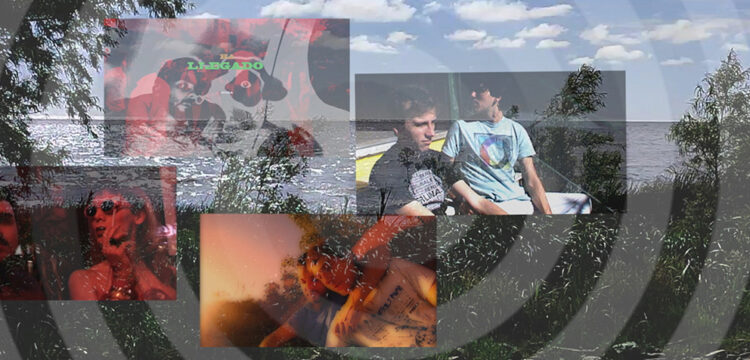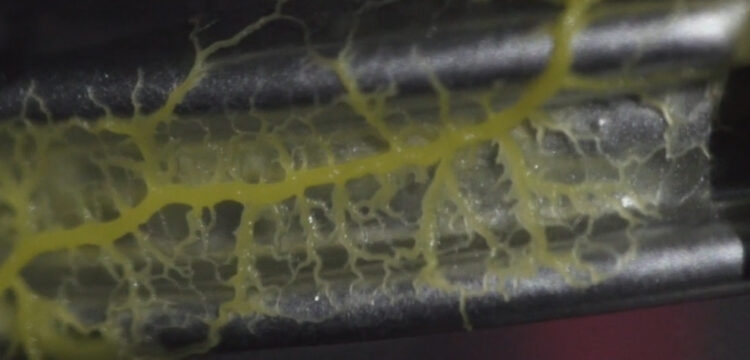Interrupted Memories
Marginal bodies, shared fears: the Competition of the Villa Medici Film Festival 2025
Attending a film festival can take on many different meanings for those who participate, all relative. What shapes the experience is not only the choice of individual films, but above all what the selection, taken as a whole, aims to communicate. Now in its fifth edition, the Villa Medici Film Festival, with its Competition section, certainly does not lack audacity. One of the factors that largely contributes to the variety of the works presented lies in their heterogeneity: from shorts of just fifteen minutes to stories that stretch beyond three hours; animated films, works involving both professional and non-professional actors; from the use of traditional cinematographic techniques to more avant-garde practices such as the intrusion of AI into scenes, or less conventional ones like the iris shot. A differentiation in visual language, then, that stimulates, trains, and instructs. Yet beyond these merits, the most extraordinary quality of this year’s program lies in the themes it embraces. With a thoroughly forward-looking vision, the topicality of the subjects addressed offers a broad insight into the contemporary moment through a lucid and profound narrative. Directors, with their interpretations, provide keys to understanding issues that, though part of everyday life, dwell in the sphere of the intimate and the existential.
Each film, in its own specificity, converges in the will to observe today’s context and dynamics. In practice, this translates into a lucid and unsparing analysis of computational capitalism and its drifts, in a world where both individual and collective desires are constructed and manipulated within digital networks (+10K by Gala Hernández López). The production of dreams in contemporary capitalism proves inseparable from market logic and the cult of success: young people who speak of the future oscillate between enthusiasm and resignation, embodying the contradictions of a generation growing up under the horizon of precarity. The influence of media and advertising is also underlined, showing how they contribute to shaping social imagination and perpetuating inequalities through global dynamics of belonging, alienation, and ideological survival (Hemel by Danielle Dean). Within this context, antidotes to an increasingly decaying society are also explored, identifying reuse and recycling as political practices, overturning the perception of waste and goods (Bonne journée by Pauline Bastard). The codes of advertising are thus bent to subversive use: what was once invisible or marginal gains centrality. Working time can therefore be transformed into creative time, opening the possibility of a social utopia grounded in participatory practices.
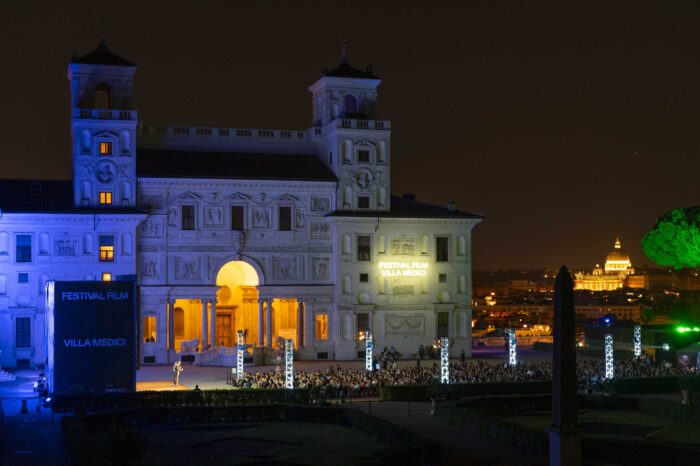
The theme of incompleteness is instead approached as an existential and creative condition, capable of transforming fragility into political and narrative value (Lloyd Wong, Unfinished by Lesley Loksi Chan. Winner of the Villa Medici Prize for Best Film). Memory intertwines with intergenerational transmission, highlighting the importance of making visible what history has relegated to the margins—such as the queer community. Invisibility turns into visibility, marginality into cultural resistance, while the relationship with heritage takes the form of a collaboration that transcends the boundaries of life. Reflection is also directed at how historical memory, whether collective or individual, is narrated, manipulated, or left unfinished (Fiume o morte! by Igor Bezinović). Nationalism and political delusion prove fragile when confronted with irony, which becomes a cathartic weapon capable of ridiculing the rhetoric of power. The past thus reveals itself as an open territory, continuously reworkable, where memory becomes a space of resistance and cultural reappropriation.
Without ever lacking irony and delicacy, some films confront complex and painful themes such as death, suicide, and mourning (Bury us in a lone desert by Nguyễn Lê Hoàng Phúc). We thus understand how bonds may persist beyond death, how human companionship can resist even in the face of nothingness. Fragility and tragedy conceal within them the possibility of resistance. Fear, meanwhile, manifests itself as a complex imaginary when the contrast between childhood innocence and traumatic experiences transforms phobia into aesthetic material (Dieu est timide by Jocelyn Charles). Artistic language, then, is shown to be capable of exploring anguish without being overwhelmed by it. Representation becomes an act of transcendence: to reveal fears already means to begin overcoming them, turning emotional fragility into a shared and liberating experience.
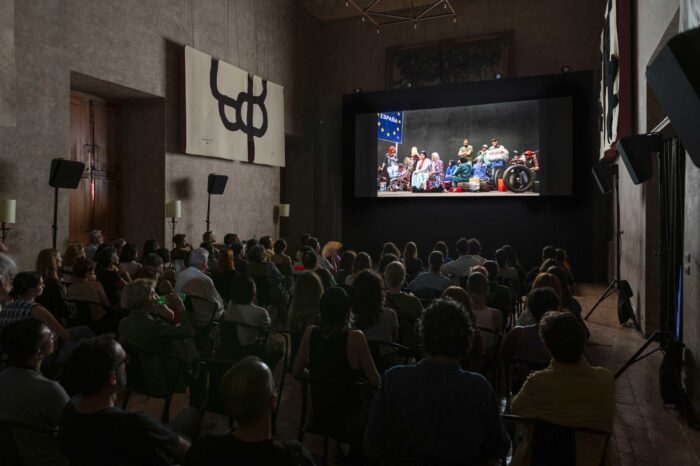
The tensions of the present emerge instead as an entanglement of anger, disillusionment, and political trauma that shape both collective and individual experience (Comment ça va by Caroline Poggi, Jonathan Vinel. Winner of the Jury Prize). Violence and frustration are not denied but transformed into matter for imagining forms of survival and healing. Territories of transit and migration thus acquire symbolic value: political and historical places also become mirrors of human fragility. Nature and animals reflect the contemporary condition, offering images that reveal the bond between life, wounds, and the possibility of rebirth. This opens a question of what it means to exist in a world marked by conflict and precarity. A reflection also arises on colonialism and practices of resistance that emerge wherever power seeks to control (You may own the lanterns but we have the light. Episode 3: Children of darkness by Haig Aivazian). Urban landscapes, architecture, and language intertwine in a discourse that highlights the ways in which they shape collective experience, but also the margins where opposition can be generated. Practices of escape, evasion, and confrontation take the form of radical strategies against oppression, showing how even what is perceived as absence can transform into potential.
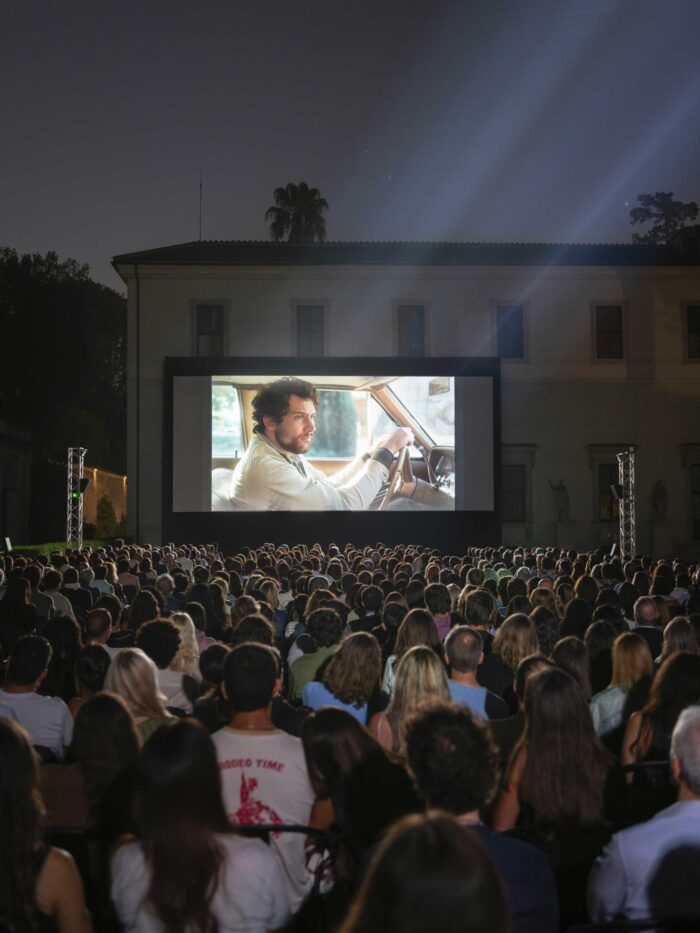
The theme of present-day social and environmental devastation intertwines with the possibility of embarking on paths of care and repair (O riso e a faca by Pedro Pinho). The relations between colonizers and colonized, between cultures and classes, reveal the dynamics of power that generate conflict, but also spaces of resistance. Observing reality, in its stratified complexity, becomes a tool for restoring the depth of contemporary contradictions. Love and care thus emerge as political gestures, capable of opening horizons of rebirth in a context marked by destruction. Within this tension, the future takes shape as a place where transformation and resistance can still carry meaning and strength. The relationship between the human and the wild is also explored (Paraflu by Michela de Mattei, Invernomuto): an unstable ground where science and magic intertwine, generating ambiguous and deliberately disorienting experiences. Losing oneself is not loss, but the possibility of accessing alternative forms of knowledge. The gaze thus becomes a critical act poised between truth and fiction, able to interrogate not only the wild but also the ways in which humans choose to look at and understand it.Finally, a reflection on how urban alienation manifests itself as a condition of isolation in a metropolis that rejects and marginalizes (The Hand that Feeds by Mtume Gant). Racial dynamics, intertwined with existential crisis, show how art, though capable of offering identity, can also become a source of suffering. Art, symbol of redemption and affirmation, turns into a mirror of social marginality and of the impossibility of evolving within a system that preserves its hierarchies. Daily survival thus takes shape as an act of both political and personal resistance, capable of restoring dignity within a context scarred by exclusion.


